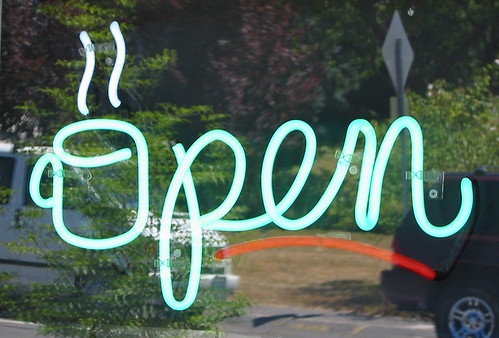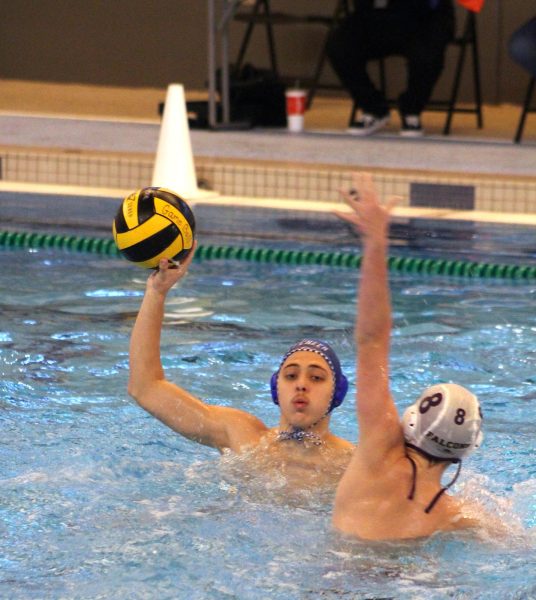The Strategy Behind Capacity

“Coffee Shop Open Sign” by Mykl Roventine is licensed under CC BY-NC-SA 2.0
Since the explosion of Covid-19 cases in late 2020, the CDC and other health organizations have instructed restaurants and businesses to operate at a certain percent capacity. Harris County has imposed very strict rules relating to this subject, mandating a maximum 50 percent capacity in stores and businesses.
This has led to the closing of many restaurants and store fronts, due to the limited amount of customers. However, despite businesses’ detrimental lack of customer flow, the new implemented rules have partially slowed the spread of infection rate as well. A statement made by Governor Greg Abbott released September 17, approved the release of previously made Covid restrictions, sparking controversy.
Restricting the amount of available customers throughout the pandemic has created a loss of revenue in businesses among The Greater Houston Area and their occupants. These restrictions forced managers and store owners to increase menu pricing in order to make up for the dramatic loss in revenue.
According to convenience.org, The U.S. Labor Department reports that the 2.6% jump in April food prices was the largest monthly increase in 46 years.
On September 17, a relief to businesses throughout Harris County came when Mayor Abbott released a statement stating restaurants and stores may expand their occupancy to 75% capacity. This expansion will allow for income and profit to increase and return somewhat “back to normal.” However, this decision will inevitably create a more susceptible environment for COVID-19 to spread throughout Houston.
The CDC and the World Health Organization recommend that a 6-foot buffer remain in effect to ensure the safety of our community, however, this social distancing rule will become more difficult to follow once the maximum occupancy of building increases, and more customers flow in and out of stores.
Most predictions show that COVID-19 cases will reach their peak in early spring of next year (2021), meaning total infection rates will not see a significant decrease until at least next spring. Until the decrease in America’s COVID contractions, the topic of reopening stores will remain a dispute.






